- Learning time
- 10 minutes
- First play time
- 30 minutes
TEN
Designed by: Molly Johnson,Robert Melvin,Shawn Stankewich
TEN is a set-collection game of four suits numbered 1-9 (red/orange/green/blue) where ultimately each player scores a point per card in their longest run of each suit. How you get to that point is a mechanical mix of buying cards, auctioning cards, and pushing your luck!
Everyone receives 5 currency at the start of the game in the form of black buttons, then the starting player takes their turn. A turn is (possibly) simple: flip cards one at a time from the deck until you choose to stop and take cards, or go bust. In the deck are both the aforementioned number cards, and currency cards: if the currency cards you flip add up to more than ten, you’re bust. If the number cards add up to more than ten, you’re bust as well – but the currency cards serve as ‘negative numbers’, so if for instance you flip a 5 red and then a 5 currency, your current number value is actually zero: you can keep pushing your luck safe in the knowledge the next card can’t bust you (the largest currency card is the 5).
If you bust, all the flipped numbers go into a market – more on that momentarily – and currency cards are discarded. You get no cards, but the consolation of a bust token (the white buttons) worth 3 currency. Your turn is over!
If you take number cards you place them face up in front of you and all other players receive currency equal to the value of any flipped currency cards (caveat: everyone’s maximum currency stocks are limited to ten). Taking number cards also allows you to buy a single card from the market, paying the number value to the bank in buttons or discarded cards from your tableau (if you take currency instead of numbers you may not buy from the market).
But wait, because jostling amongst the two economies of numbers and currency are some wild cards – any number of a particular suit, a number of any suit, and a single wild that can be any number of any suit. Whenever these are drawn, the current player’s turn is placed on hold for a once-around-the-table auction, before the card is claimed by the highest bidder and standard play recommences.
Play continues until the cards have run out, at which point the player with most points wins!
The guru's verdict
-
Take That!
Take That!
Not a huge amount of reasons to be upset, other than being outbid for things
-
Fidget Factor!
Fidget Factor!
Reasonably low
-
Brain Burn!
Brain Burn!
The rules are not immediately intuitive, but they're not too complex either. The challenge is to further your own needs whilst trying to deprive others of theirs.
-
Again Again!
Again Again!
Other games - for instance No Thanks, For Sale, or the super-easy Point Salad - have a simpler approach to set-collection, but many may prefer the slightly oddball idiosyncrasies of TEN with it's overlapping mechanics. Winners are certainly hard to predict, and each play has variation simply due to the fall of the cards.

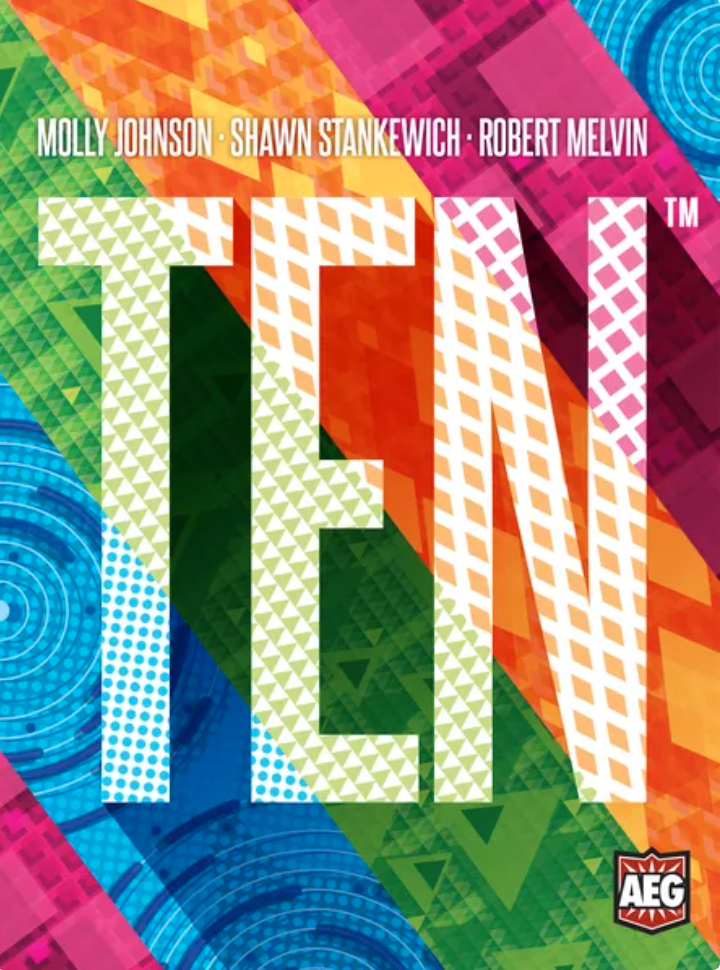
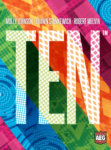
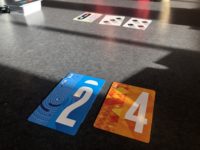
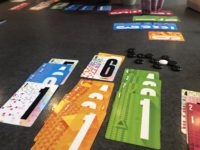


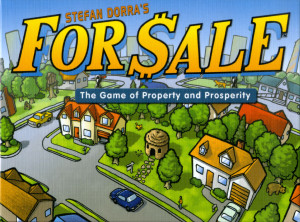
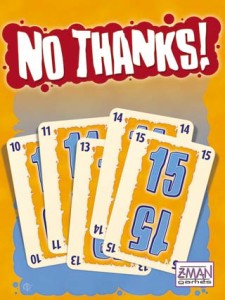
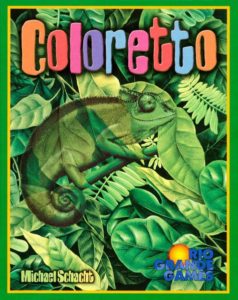
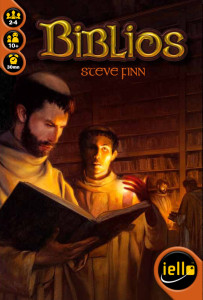


Sam says
A fun set-collection game that maybe feels like it has one too many things going on. The numbers v currency luck-pushing is clever and fun, and the addition of the market gives an element of control to a game where you might otherwise feel a hostage to fortune. But although the wild cards are great for players and auctioning them makes sense to balance out anyone stumbling on piles of them, the auctions do seem to break the flow of the game and give it a bit of a stop-start pace. I've enjoyed playing with three significantly more than five players, where there was a slight sense of grasping for any kind of momentum.